NASA won’t be sending a rover to Saturn’s moon Titan in search of alien fly. It’s sending a Dragonfly.
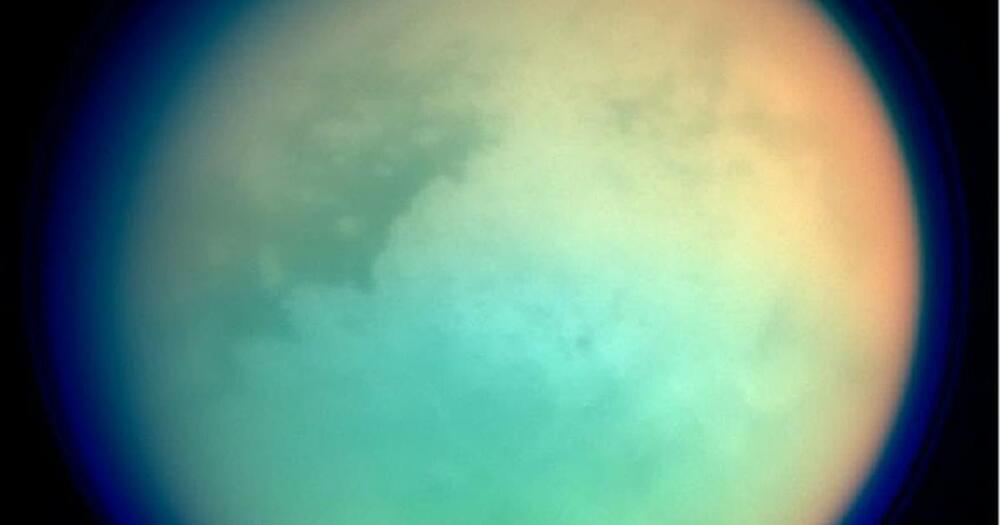

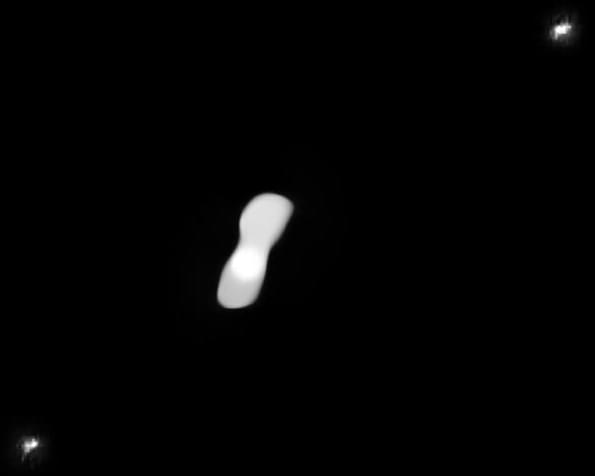
The huge “dog-boned” asteroid hurling through the solar system has now been imaged in unprecedented detail.
A team of astronomers has seemingly obtained the best pictures and data to date of the peculiar asteroid, Kleopatra. Using the European Southern Observatory’s Very Large Telescope (VLT), observers from the SETI Institute in Mountain View, California, and the Laboratoire d’Astrophysique de Marseille, France, captured images to help two teams of scientists answer some interesting questions.
“Kleopatra is truly a unique body in our Solar System,” says Franck Marchis, who led a study on the asteroid published in Astronomy & Astrophysics. “Science makes a lot of progress thanks to the study of weird outliers. I think Kleopatra is one of those and understanding this complex, multiple asteroid system can help us learn more about our Solar System.”
The asteroid, which orbits in the central region of the asteroid belt between Mars and Jupiter, was initially discovered on April 10 1880. However, it wasn’t until just 20 years ago that radar observations revealed it had two lobes which were connected by a thick “neck.” In 2,008 Marchis and his colleagues discovered that the asteroid was orbited by two moons, named AlexHelios and CleoSelene, after the Egyptian queen’s children.
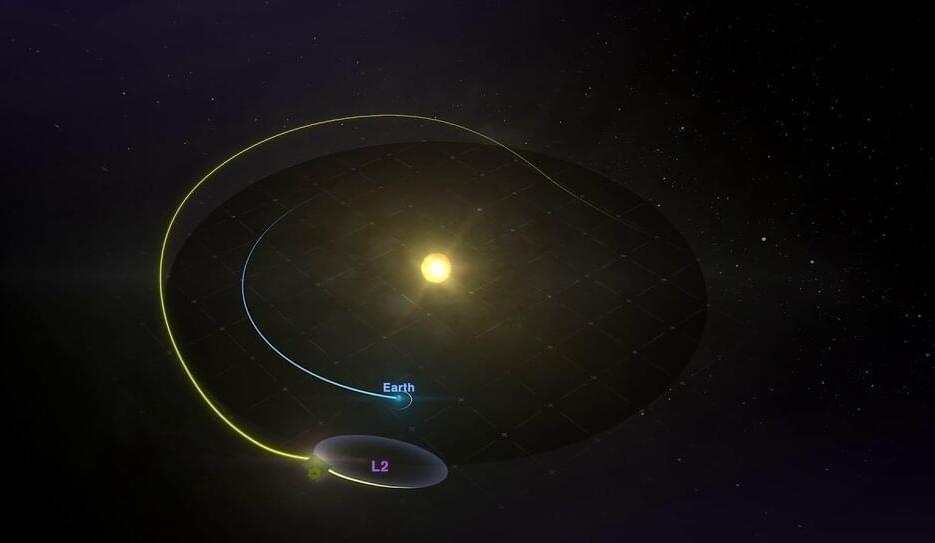
The James Webb Space Telescope is scheduled for launch December 18. It will help scientists hunt for alien life on exoplanets and look to the beginning of time.
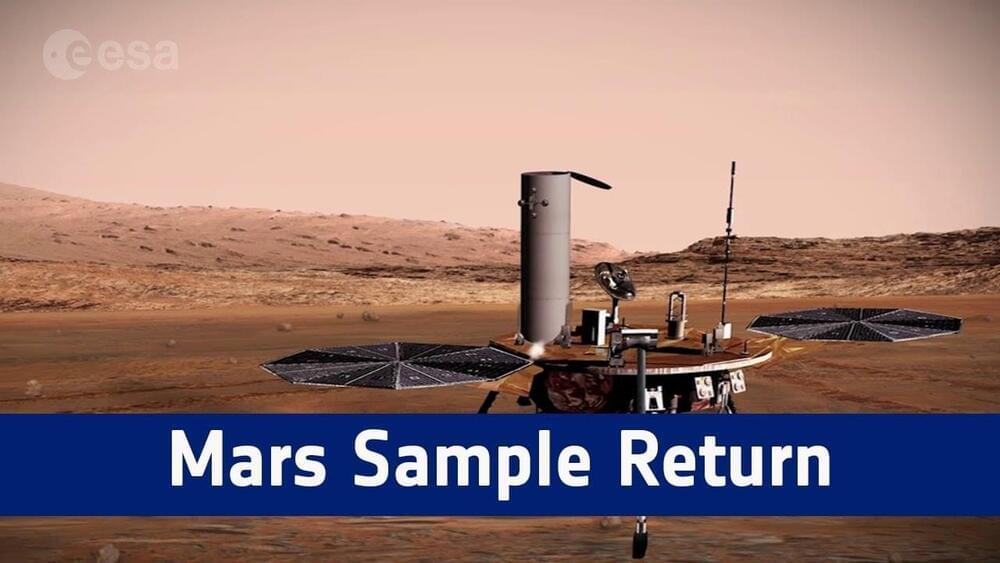
This tiny piece of rock will help solve one of the biggest mysteries of the universe.
NASA’s Perseverance rover collected its first Martian sample, which will help scientists determine if there is life beyond Earth.
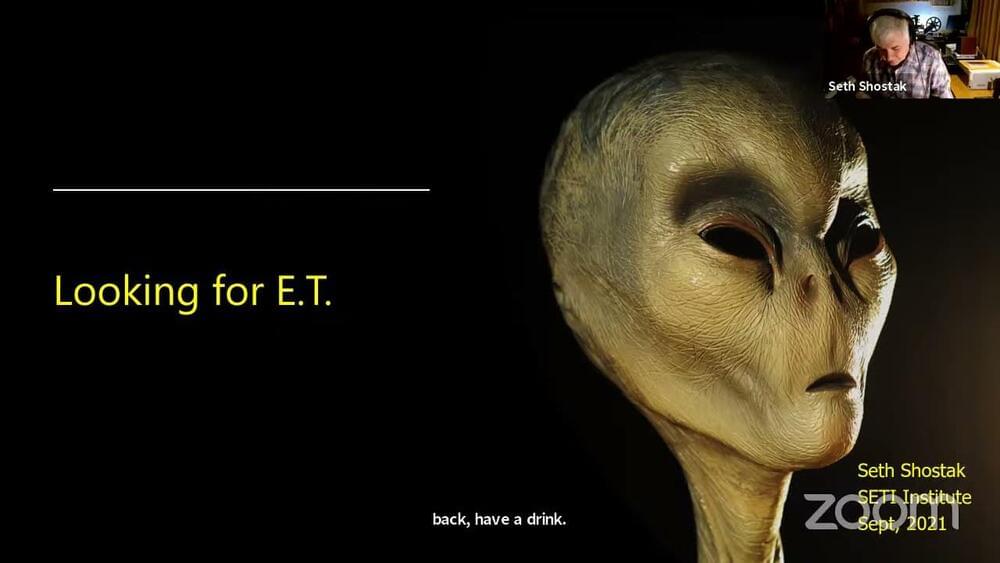
Have you missed the SR Academy Webinar with Seth Shostak of the SETI Institute?
Here you can watch the complete video, including the discussion after the lecture:
A beautiful excursus on the mission, activities and goals of Search for Extra Terrestrial Intellogence, directly from the source!
Seth Shostak is currently the senior astronomer for the SETI Institute. Shostak hosts SETI’s weekly radio show/podcast Big Picture Science, has played himself numerous times in TV and internet film dramas, and has acted in several science fiction films.
Don’t forget to subscribe the Space Renaissance Youtube Channel!
Beth Johnson gives a lecture on SETI Institute and Art in Residence Program.


The big picture: Black science fiction writers and artists known as Afrofuturists say the next 30 years of space exploration could address legacies of racial terror on Earth if people of color join ventures and help reimagine human life among the planets.
Expensive tourism, Mars expeditions, even alien encounters could define space in 2051 — and the Earthly burdens of race could also follow humans to orbit and beyond.
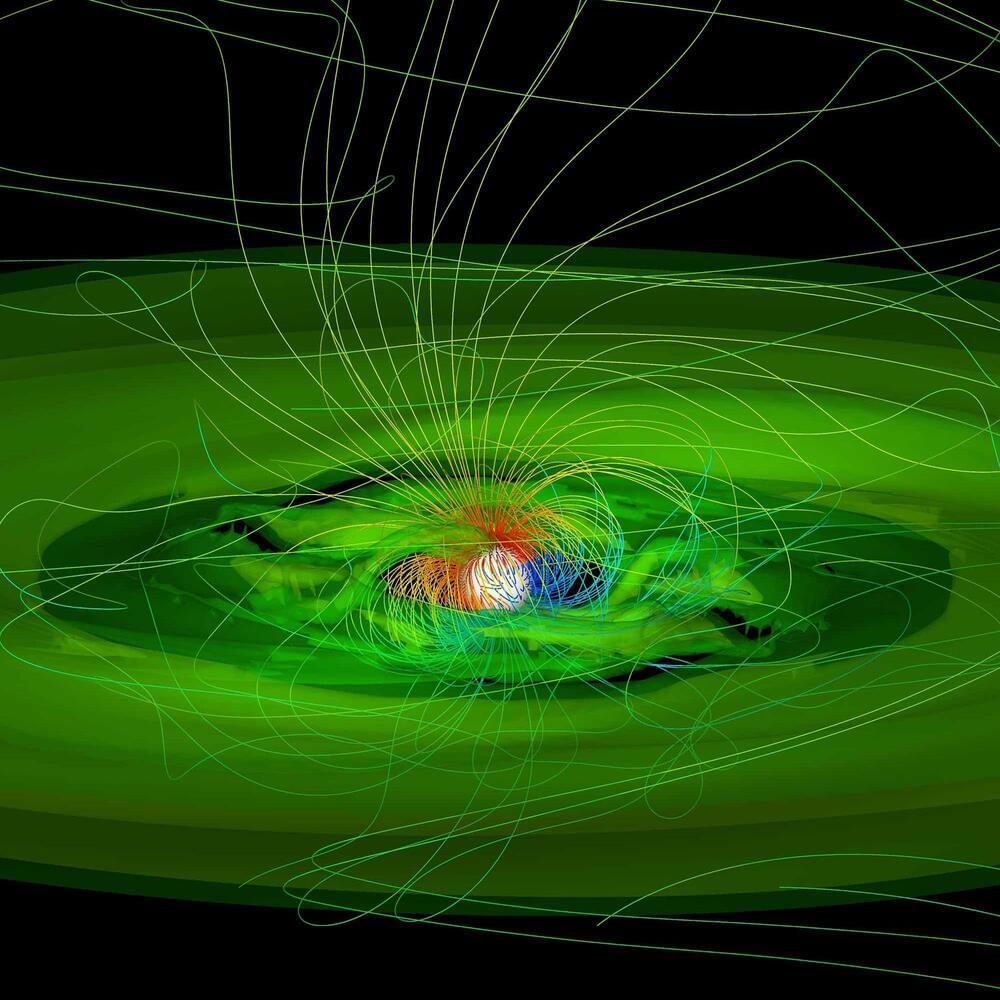
Astronomers have discovered a strangely shaped spot on the surface of a baby star 450 million light-years away, revealing new insights into how our solar system formed.
The familiar star at the center of our solar system has had billions of years to mature and ultimately provide life-giving energy to us here on Earth. But a very long time ago, our sun was just a growing baby star. What did the sun look like when it was so young? That’s long been a mystery that, if solved, could teach us about the formation of our solar system—so-named because sol is the Latin word for sun—and other stellar systems made up of planets and cosmic objects orbiting stars.
“We’ve detected thousands of planets in other stellar systems in our galaxy, but where did all of these planets come from? Where did Earth come from? That’s what really drives me,” says Catherine Espaillat, lead author on the paper and a Boston University College of Arts & Sciences associate professor of astronomy.
But astronomer Tiger Hsiao of National Tsing Hua University says we might be looking for the wrong thing. In a new study, he and colleagues set out to calculate whether it would also be possible to use a Dyson sphere around a black hole. They analyzed black holes of three different sizes: those five, 20 and 4 million times the mass of our Sun. These, respectively, reflect the lower and upper limits of black holes known to have formed from the collapse of massive stars—and the even more enormous mass of Sagittarius A*, the supermassive massive black hole thought to lurk at the center of the Milky Way.
Black holes are typically thought of as consumers rather than producers of energy. Yet their huge gravitational fields can generate power through several theoretical processes. These include the radiation emitted from the accumulation of gas around the hole, the spinning “accretion” disk of matter slowly falling toward the event horizon, the relativistic jets of matter and energy that shoot out along the hole’s axis of rotation, and Hawking radiation—a theoretical way that black holes can lose mass, releasing energy in the process.
From their calculations, Hsiao and colleagues concluded that the accretion disk, surrounding gas, and jets of black holes can all serve as viable energy sources. In fact, the energy from the accretion disk alone of a stellar black hole of 20 solar masses could provide the same amount of power as Dyson spheres around 100,000 stars, the team will report next month in the. Were a supermassive black hole harnessed, the energy it could provide might be 1 million times larger still.
